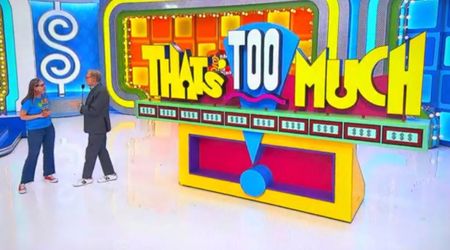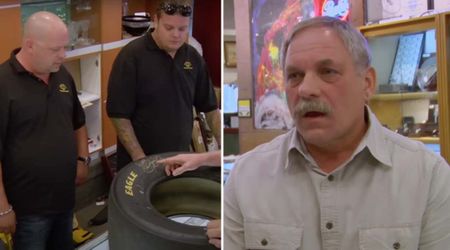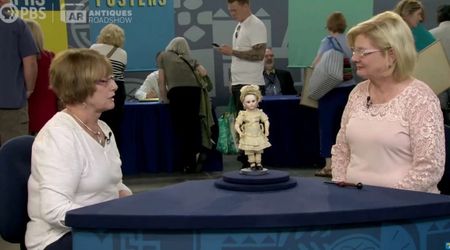Empty Malls Find New Lease Of Life In The Form Of Charter Schools

America seems to have found a great way to use up empty commercial spaces like malls. As the retail vacancy rate stood at 10.3% in Q4 of 2023, empty malls have turned into community spaces like chartered schools, according to a New York Times report. The pandemic, changing consumer habits, and store closures have proved to be detrimental to the Sumter Mall in Sumter, S.C. but the new use of it has given it a new lease on life.
“Developers across the country are putting new schools in struggling malls, a growing trend that serves several purposes: increasing edu opportunity, revitalizing communities & reimagining thousands of vacant retail spaces...” @sullivanpaul https://t.co/i0LJ4ZCTrg @Liberty_STEAM
— Dale Chu (@Dale_Chu) February 24, 2024
A Changing Landscape for Empty Malls
The Sumter Mall is survived by Belk, a departmental store and the mall’s last remaining anchor tenant. While the mall has a few more tenants, about 60% of it remains vacant. However, the mall is seeing footfall, from tiny people, who are attending a chartered school at the mall.
The tuition free Liberty STEAM school was set up in a former JC Penney store, about five years ago by Greg A. Thompson, as per The Times report. Thompson, a local businessman and philanthropist, who started Liberty STEAM by conducting classes in empty elementary schools, was looking for a bigger space to expand.
We enjoyed our 2nd Annual Title I Family Movie Night at the Sumter Opera House tonight! We got to meet many of the 150 new scholars joining us next school year in the Kindergarten Class of 2037. #TheLibertyDifference #CharterChoiceChange @SCPCSD @SCCharterSchool pic.twitter.com/TWpli4t0Ri
— Liberty STEAM Charter School (@Liberty_STEAM) February 28, 2024
Thus, the enormous and mostly empty mall was a perfect place for the school. The space could allow the school to keep adding grades for the next decade, as well as other services for children.
“Our mission is to prove that we can give a world-class education to everyone and, in particular, to our disadvantaged children,” he said in the Times report.
The report added that only 30 percent of Sumter’s students can read, write, or do math at their grade level, thus the school can be extremely helpful.
The arrangement offered many advantages for schools and landlords. Malls are generally in highly trafficked areas, so they are easy to get to. And they can be a blank canvas for a school to reimagine how it wants the inside to look.
Advantages of Turning Malls to Schools
Developers across the country are using struggling malls to give room to new schools. This growing trend helps several purposes like increasing educational opportunities, revitalizing communities, and reimagining the vast vacant retail spaces.
It also represents a symbiotic partnership as it helps the malls keep their lights on and bring in foot traffic for the remaining businesses.
"Who would have thought a converted strip mall would become the highest performing charter school in the entire state of Nevada?" #quoteoftheday from Principal Wendy Shirey @PinecrestHrzn #MilkenAward pic.twitter.com/B5sxtnN4T8
— Milken Family Fdn (@Milken) December 19, 2018
On the other hand, the schools get large space to make their own in locations that are often centrally located. Moving into a mall is also cheaper for schools rather than building classrooms from scratch.
Opening schools in malls is also good for communities as it brings in new educational opportunities for kids and helps build a good reputation for the mall.
Apply today [https://t.co/b07blzLfOK]. #TheLibertyDifference #CharterChoiceChange pic.twitter.com/QO8ZjuT7E8
— Liberty STEAM Charter School (@Liberty_STEAM) February 20, 2024
Repurposing malls as schools has been done before and more developers are considering the option to fill the empty spaces.
Almost a decade ago in 2014, city officials in Boise earlier also approved a plan to turn an abandoned mall into a public charter school. According to a CBS report, the Sage International school had 550 students in grades K-10 at the time, and as it grew in the new space planned to expand to 1,000 students in grades K-12. Furthermore, the school had some of the highest test scores in the state.




















